MoMA's upcoming exhibition charts the rise of ecological and environmental designs by architects from the 1930s –1990s
By Josh Niland|
Wednesday, May 31, 2023
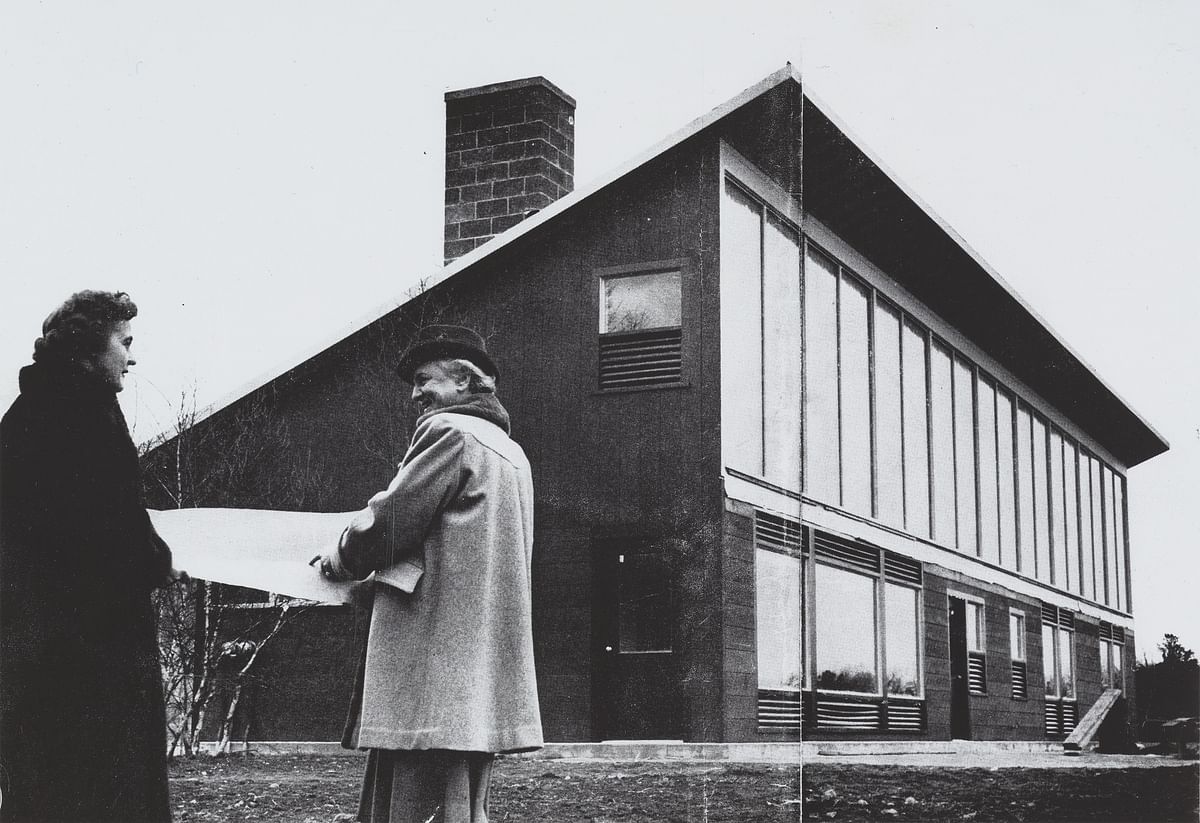
Related
The important early works of environmentally forward-thinking architects of the 20th century will be on display at New York’s Museum of Modern Art beginning in September. As the seasons change, audiences will look to the institution for yet another timely showcase of the power of design.
Curated by the new Emilio Ambasz Institute for the Joint Study of the Built and the Natural Environment, "Emerging Ecologies: Architecture and the Rise of Environmentalism” offers a deeper perspective on the rise of environmentalism through the lens of the movement’s initial pioneering architectural champions whose forays carved a path for further progress between the 1930s and 1990s.
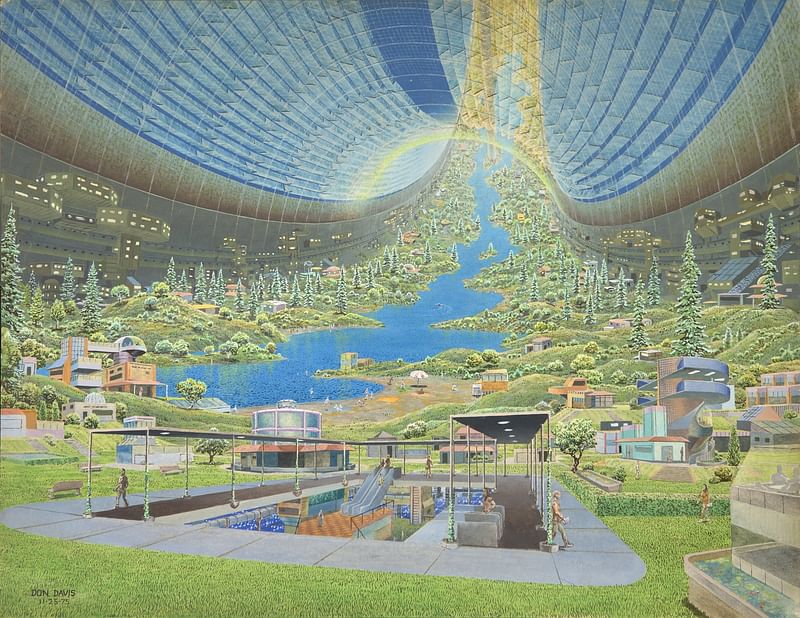
The Institute’s first-ever public exhibition takes places on the museum’s Third Floor North Galleries and will feature over 150 examples, both realized and never built, of prescient designs that were considerably far ahead of their time in terms of their ability to address some of the most concerning ecological and environmental health issues of our equally tumultuous ages.
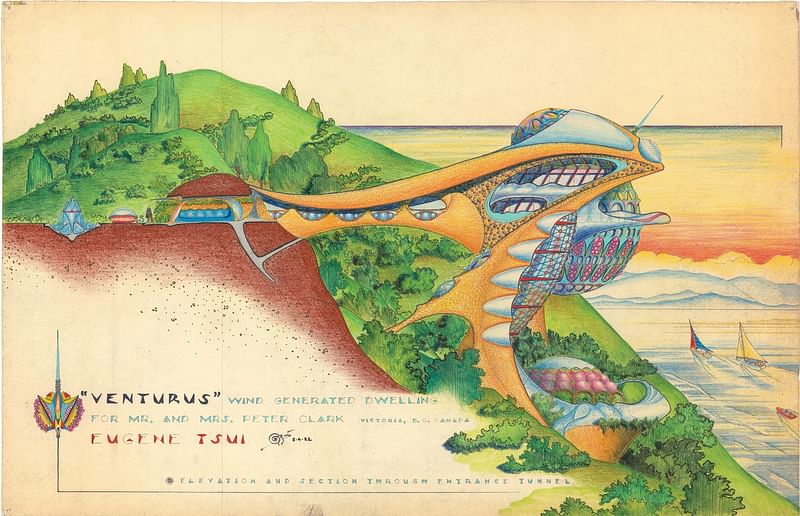
MoMA tells us: “By highlighting projects that both foreshadowed and anticipated the ecological effects of overpopulation, the depletion of natural resources, and rampant industrial pollution, the exhibition looks to the past to suggest solutions for the future.”
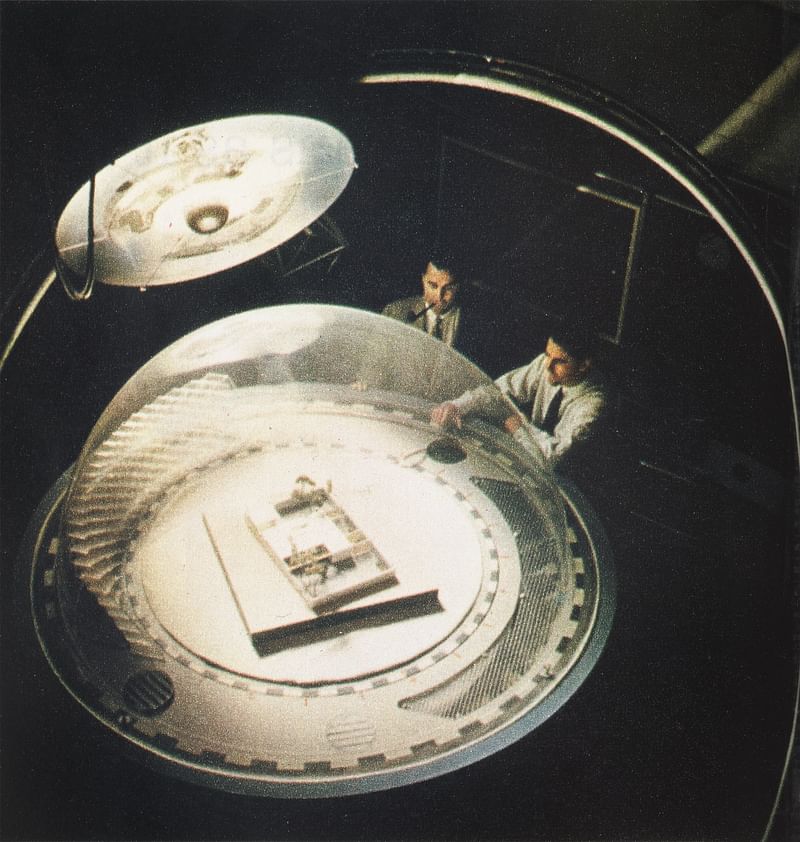
Audio recordings from contemporary practitioners like Jeanne Gang and others will supplement the Institute’s curated selection of objects, which includes models, sketches, photographs, and diagrams, that are placed in context with archival material to present a narrative charting the rise in influence of environmentalist notions in architecture as the profession changed and started to become more socially and scientifically self-aware.
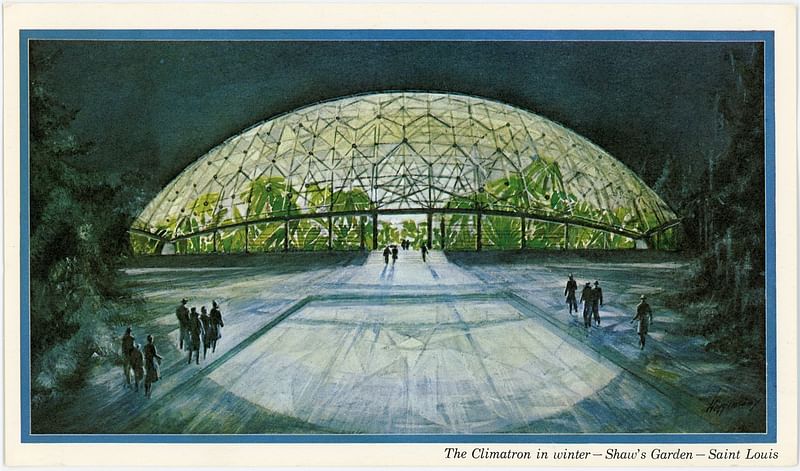
The exhibition is broken down into five thematic groups: Environment as Information; Environmental Enclosures; Multispecies Design; Counterculture Experiments; and Green Poetics, which illustrate the approaches and individual philosophies that were essential in spurring change.
Frank Lloyd Wright's 1937 Fallingwater design is offered as an entryway into the timeline, which includes several other noteworthy talismans from James Wines, NASA, the Fort McDowell Yavapai Nation, and the man considered by some to be the "father of American environmental design," R. Buckminster Fuller.
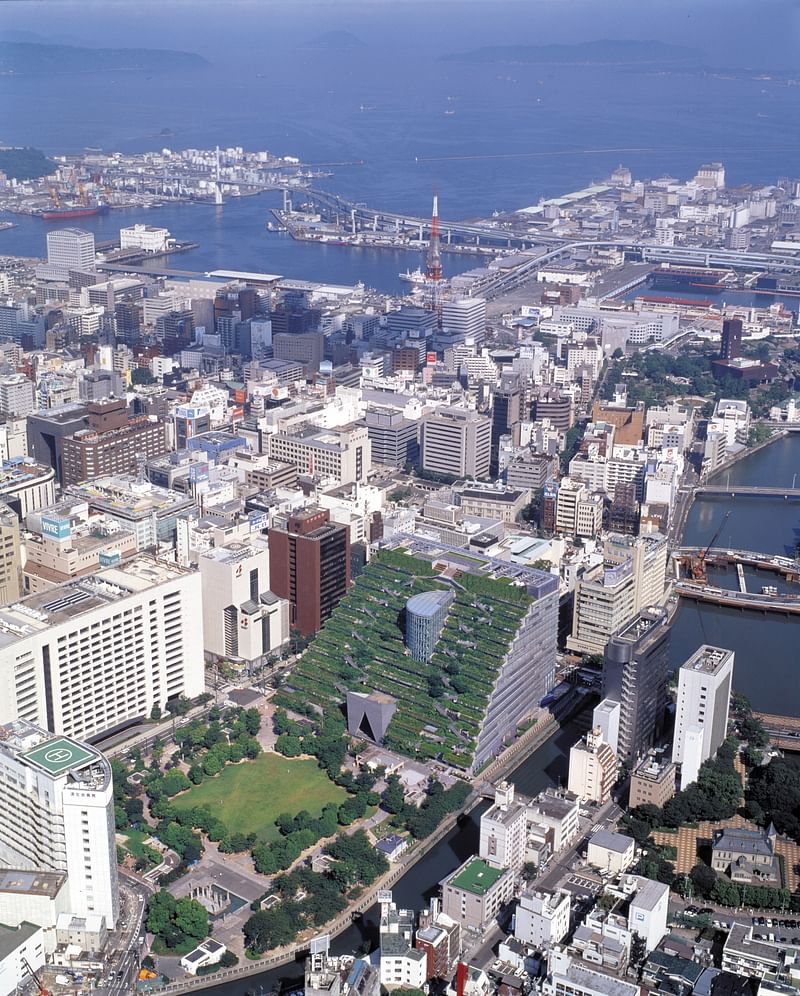
The show is being presented by Alianz and is accompanied by a publication from the Institute’s Carson Chan and Matthew Wagstaffe that further examine the influence of discourse upon the discipline. "Emerging Ecologies: Architecture and the Rise of Environmentalism" opens on September 17th and will run through the 24th of January next year. Information about visiting the museum can be found here.
RELATED EVENT Emerging Ecologies: Architecture and the Rise of Environmentalism

RELATED NEWS Architecture Now: New York, New Publics opens at MoMA


Share
0 Comments
Comment as :